When graphic design saves lives
当 Graphic Design 拯救生命
AIDS 公共卫生海报合集展现危机中的沟通
如今,围绕公共卫生的视觉传播大多是数字化的——通过 Instagram 信息图、TikTok 视频或 YouTube 视频。但在过去的几十年里,海报作为一种关键的传播方式,被打印出来并张贴在公共场所。
Amanda Yarnell 是 Chan Center for Health Communication 的主席,该中心帮助在线创作者以引起共鸣的方式传播基于证据的健康信息。她说:“如果信息以视觉和文字相结合的方式呈现,人们会记得更好。同时看到和读到某些东西可以提高理解力。”
Harvard Library 已经数字化了 3000 多张与一项重大公共卫生危机相关的海报:HIV/AIDS 疫情。这些海报来自世界各地,时间跨度大致从 1990 年到 2004 年。合集 讲述了一个故事,Yarnell 说道,讲述了公共卫生机构从中学到了哪些信息有效,以及为什么。
信息、感觉、行动
在海报的小区域内——以及在您可能希望吸引某人注意力的有限时间内——设计师需要精心制作一个简单的信息。太多的文字会让人失去兴趣。
Yarnell 说:“一张好的海报是一个要点和一种感觉:传达者希望你记住的东西,然后这种感觉帮助你记住它。”她也是 Harvard T.H. Chan School of Public Health 的社会和行为科学讲师。“最好的情况是,它提供了一种了解更多信息的途径。过去是电话号码,然后变成了网站,现在可能是二维码。”
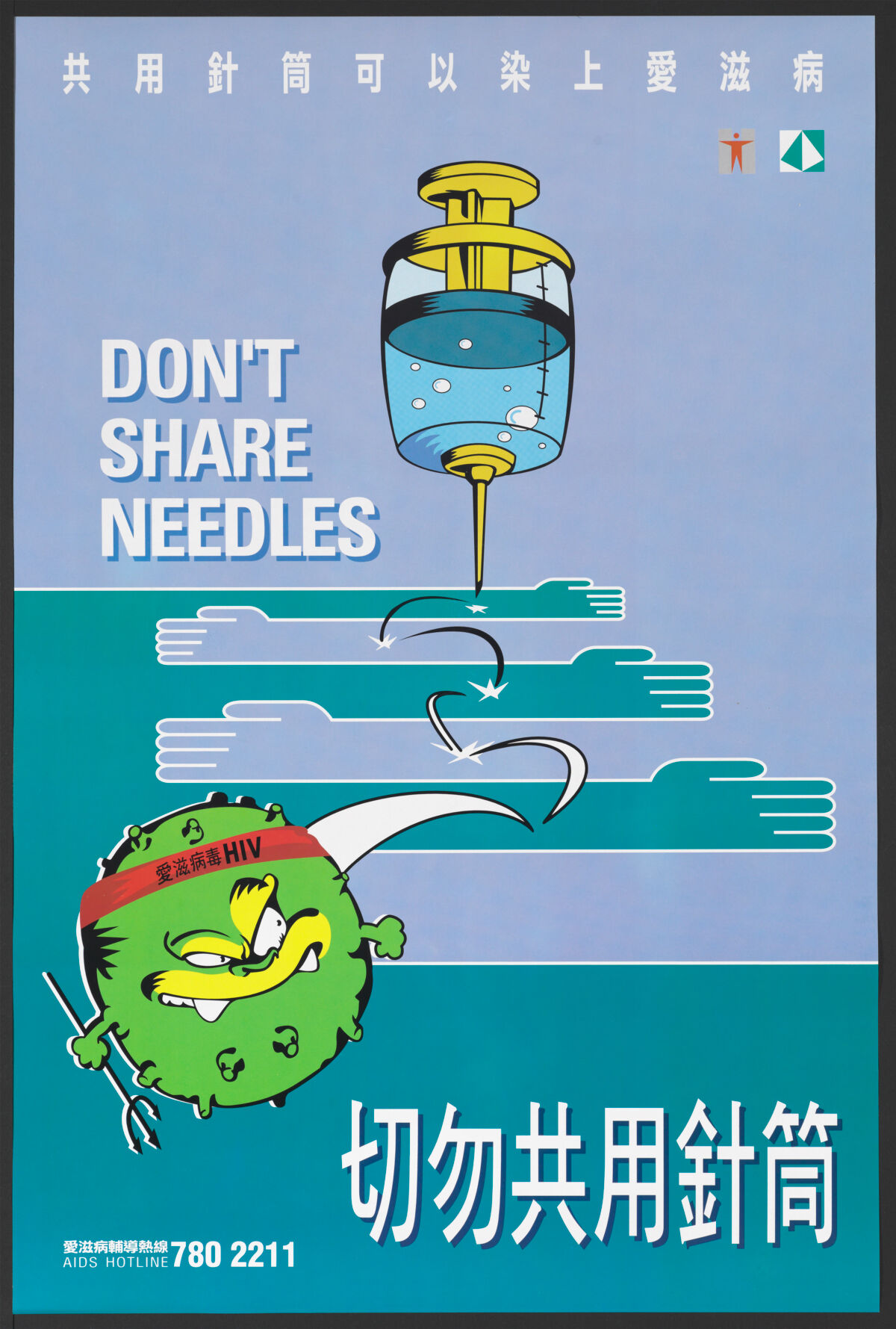 中国。
Harvard University, Collection Development Department. Widener Library. HCL, W542995_1
中国。
Harvard University, Collection Development Department. Widener Library. HCL, W542995_1
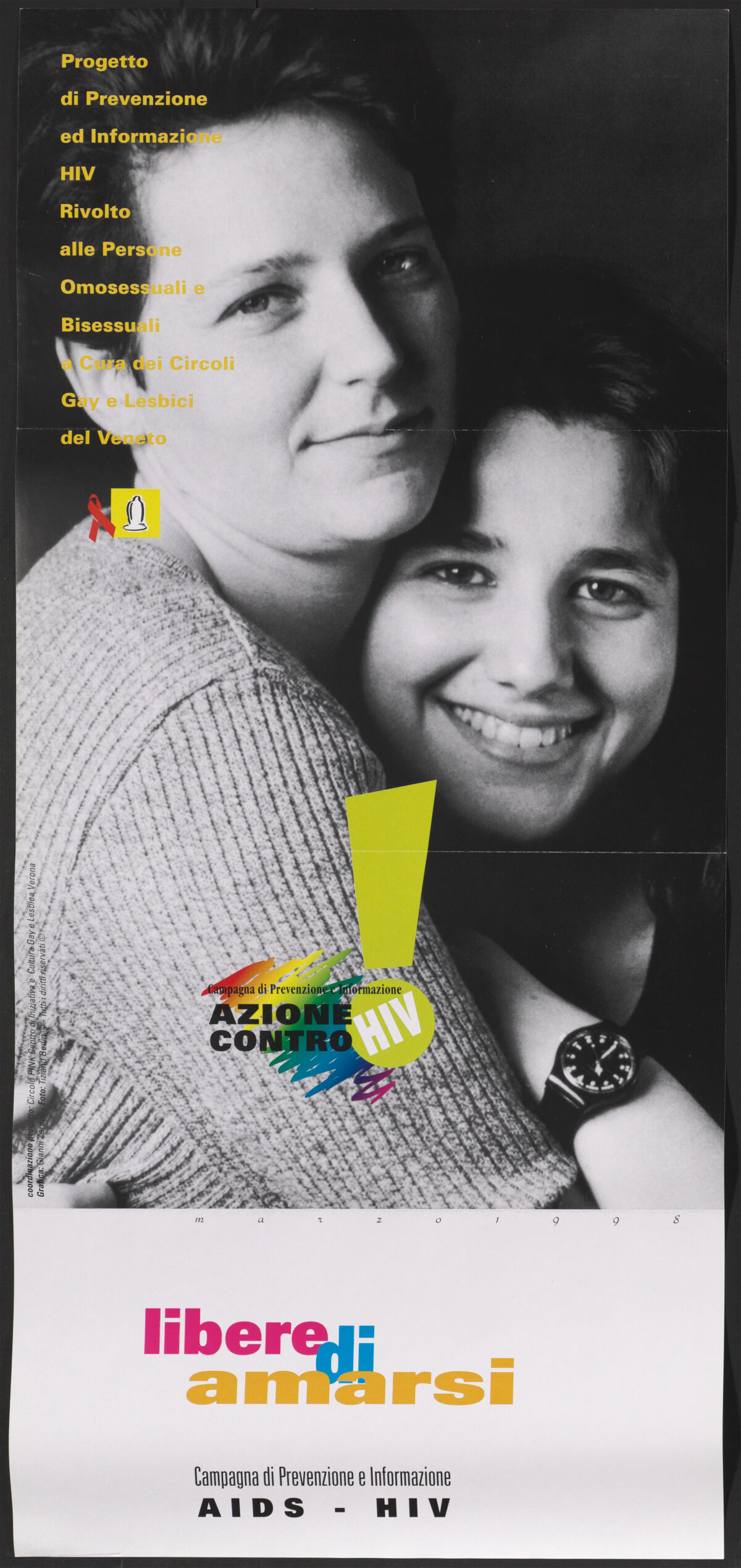 意大利。
Harvard University, Collection Development Department. Widener Library. HCL, W539985_1
意大利。
Harvard University, Collection Development Department. Widener Library. HCL, W539985_1
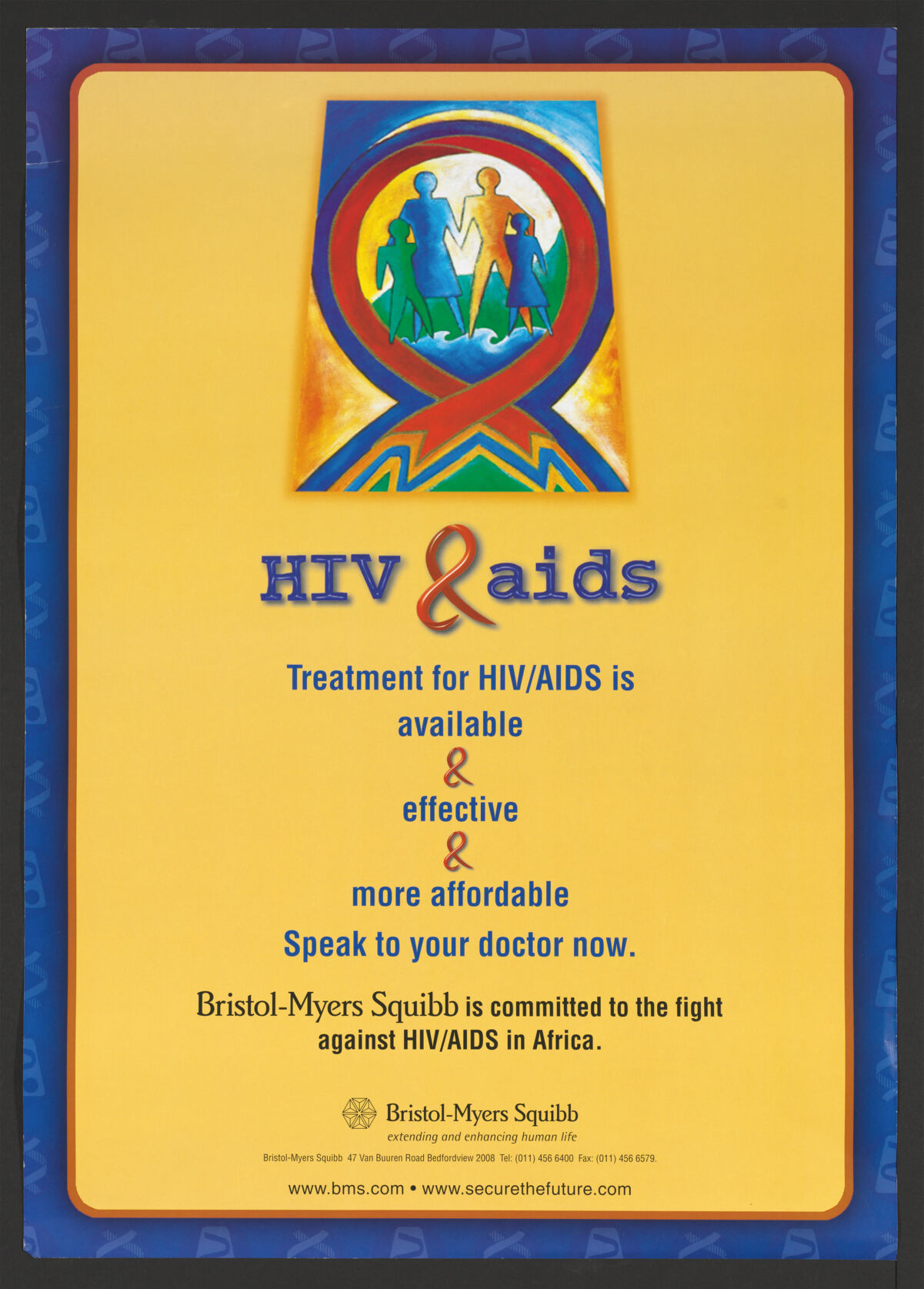 南非。
Harvard University, Collection Development Department. Widener Library. HCL, W548279_1
南非。
Harvard University, Collection Development Department. Widener Library. HCL, W548279_1
 加拿大。
Harvard University, Collection Development Department. Widener Library. HCL, W463584_1
加拿大。
Harvard University, Collection Development Department. Widener Library. HCL, W463584_1
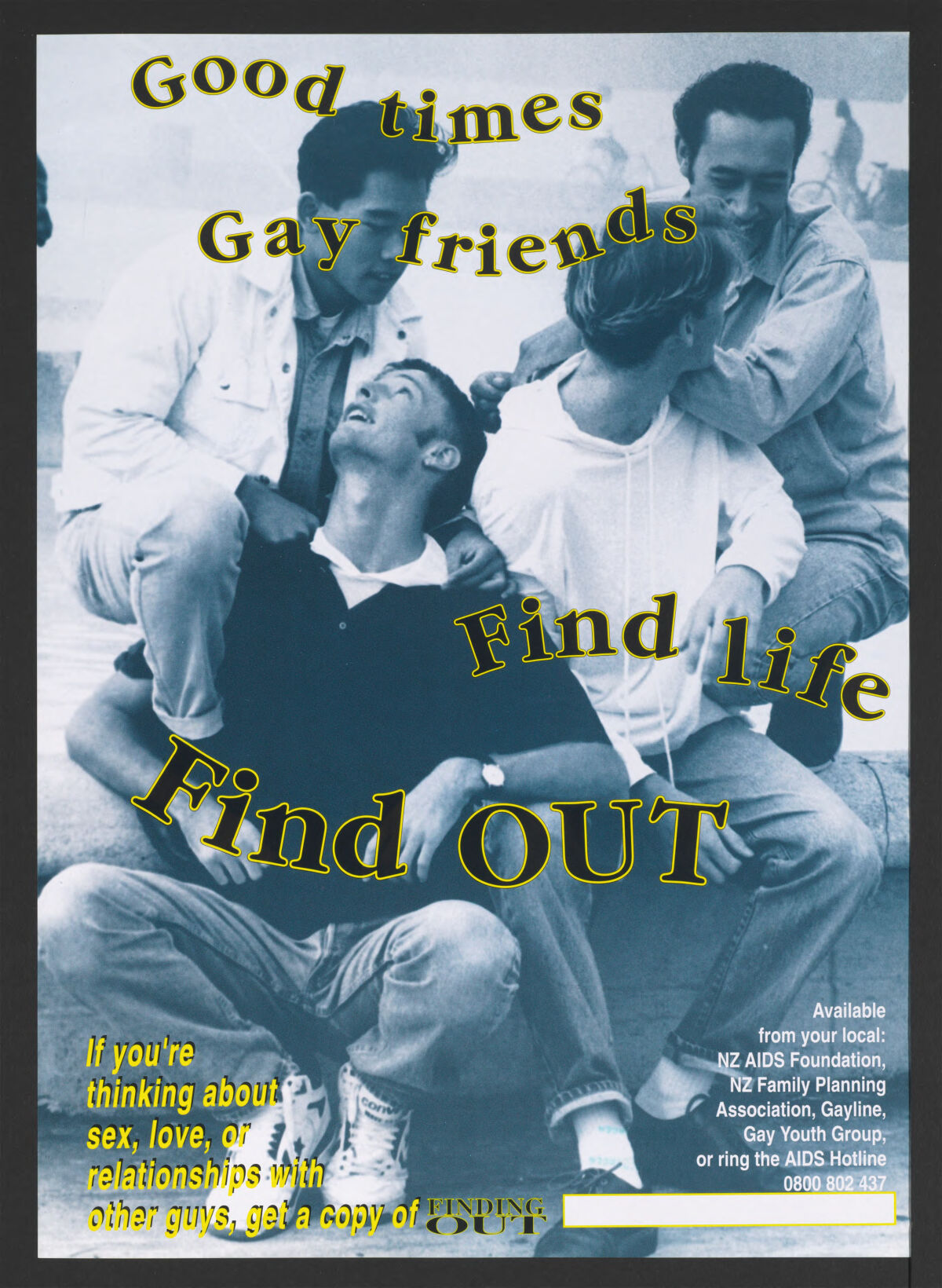 新西兰。
Harvard University, Collection Development Department. Widener Library. HCL, W547869_1
新西兰。
Harvard University, Collection Development Department. Widener Library. HCL, W547869_1
放大
有效的信息可以是大胆的、引人注目的,甚至是挑衅性的。
“能吸引你,让你感到被关注或与你产生共鸣的东西,能让你与主题产生某种联系。”
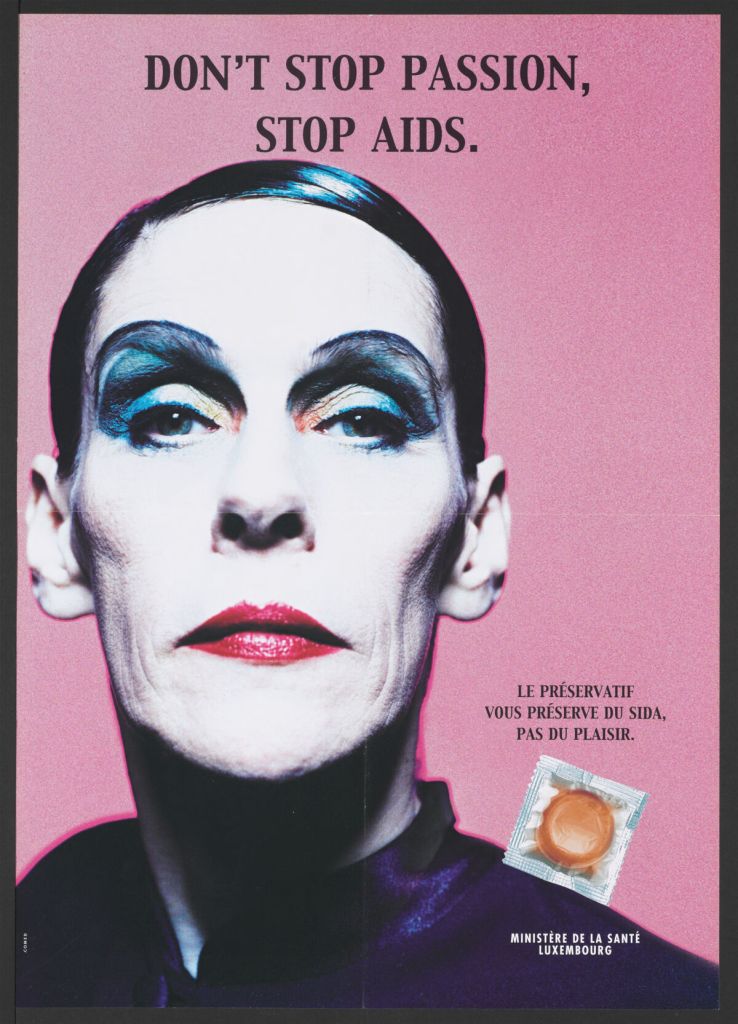 卢森堡。
Harvard University, Collection Development Department. Widener Library. HCL, W555087_1
卢森堡。
Harvard University, Collection Development Department. Widener Library. HCL, W555087_1
受众至关重要
Yarnell 说:“通常在早期,针对每一种情况都使用单一的信息进行单一的宣传活动。随着时间的推移,我们意识到你需要针对不同的需求进行多个不同的宣传活动。”
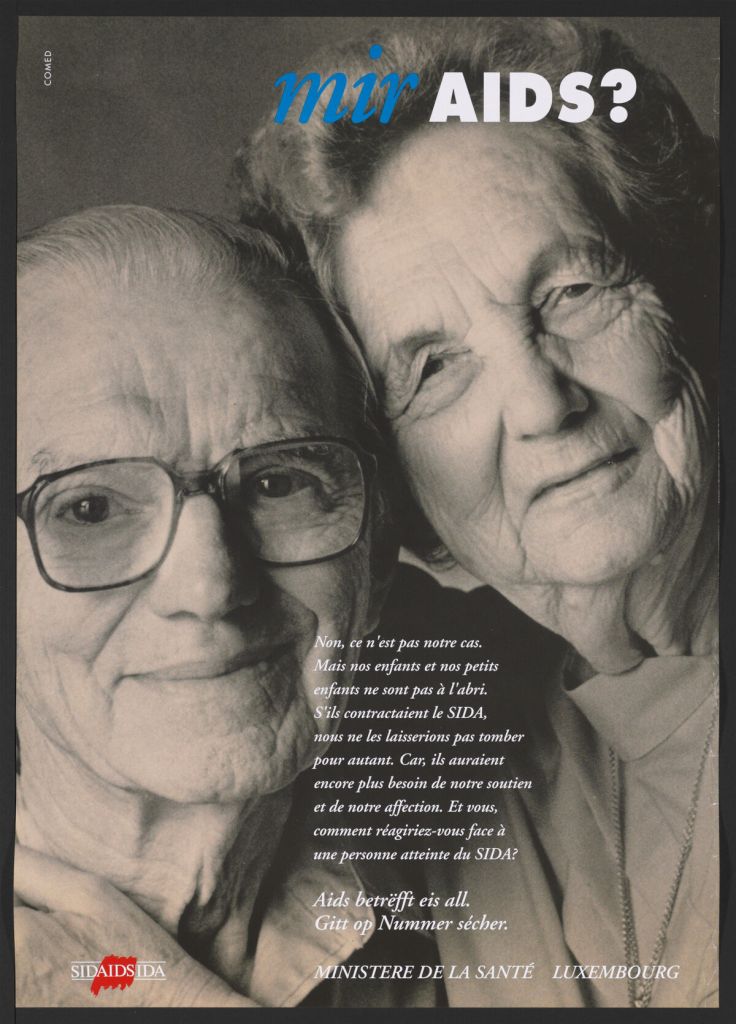 卢森堡。
Harvard University, Collection Development Department. Widener Library. HCL, W540084_1
卢森堡。
Harvard University, Collection Development Department. Widener Library. HCL, W540084_1
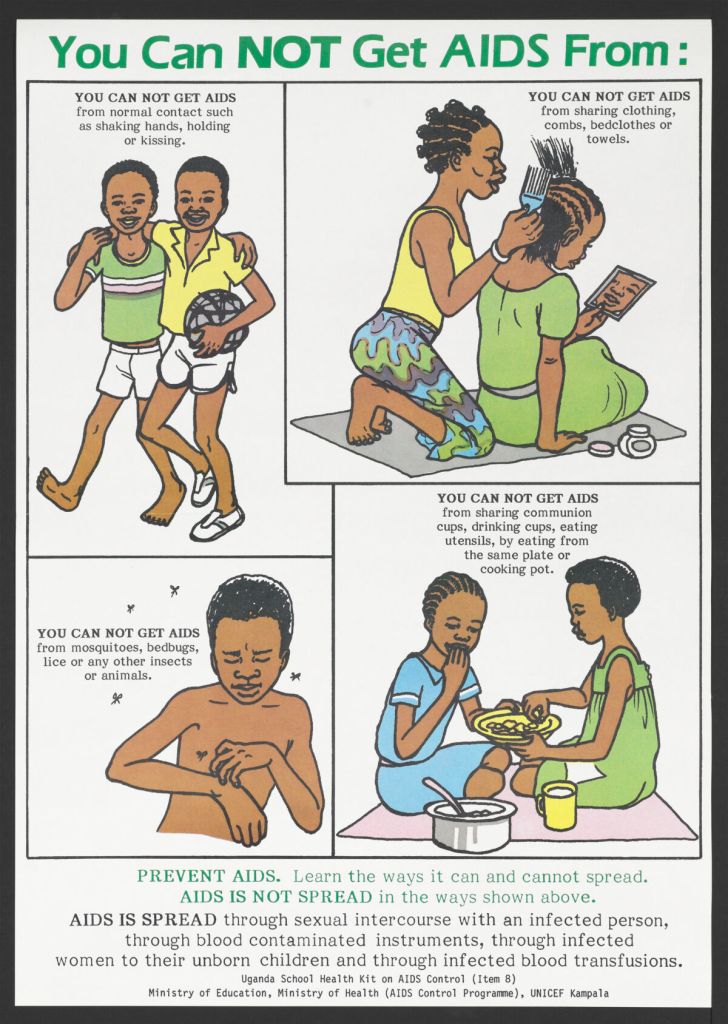 乌干达。
Harvard University, Collection Development Department. Widener Library. HCL, W548336_1
乌干达。
Harvard University, Collection Development Department. Widener Library. HCL, W548336_1
 印度。
Harvard University, Collection Development Department. Widener Library. HCL, W543116_1
印度。
Harvard University, Collection Development Department. Widener Library. HCL, W543116_1
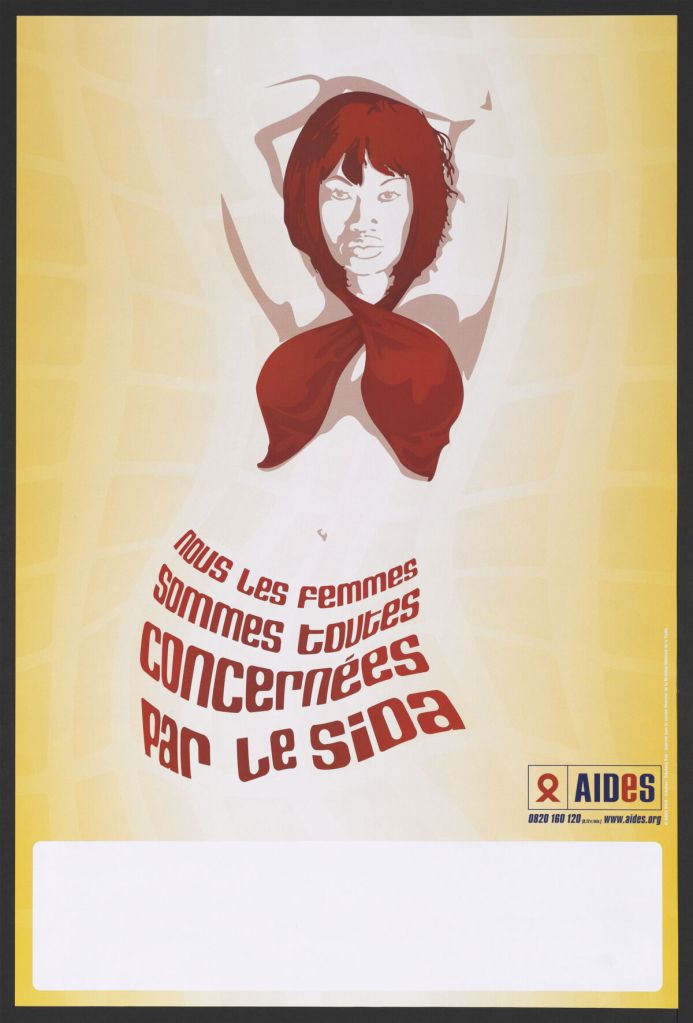 法国。
Harvard University, Collection Development Department. Widener Library. HCL, W544068_1
法国。
Harvard University, Collection Development Department. Widener Library. HCL, W544068_1
共同创造信息
Yarnell 说:“长期以来,公共卫生一直专注于‘我们已经收集了一些专业知识,我们将与您分享’,而不是‘我们将共同创造专业知识,以帮助您在生活中做出更好的决定’。”毕竟,确保信息适合受众的最佳方式是让受众参与信息的设计。
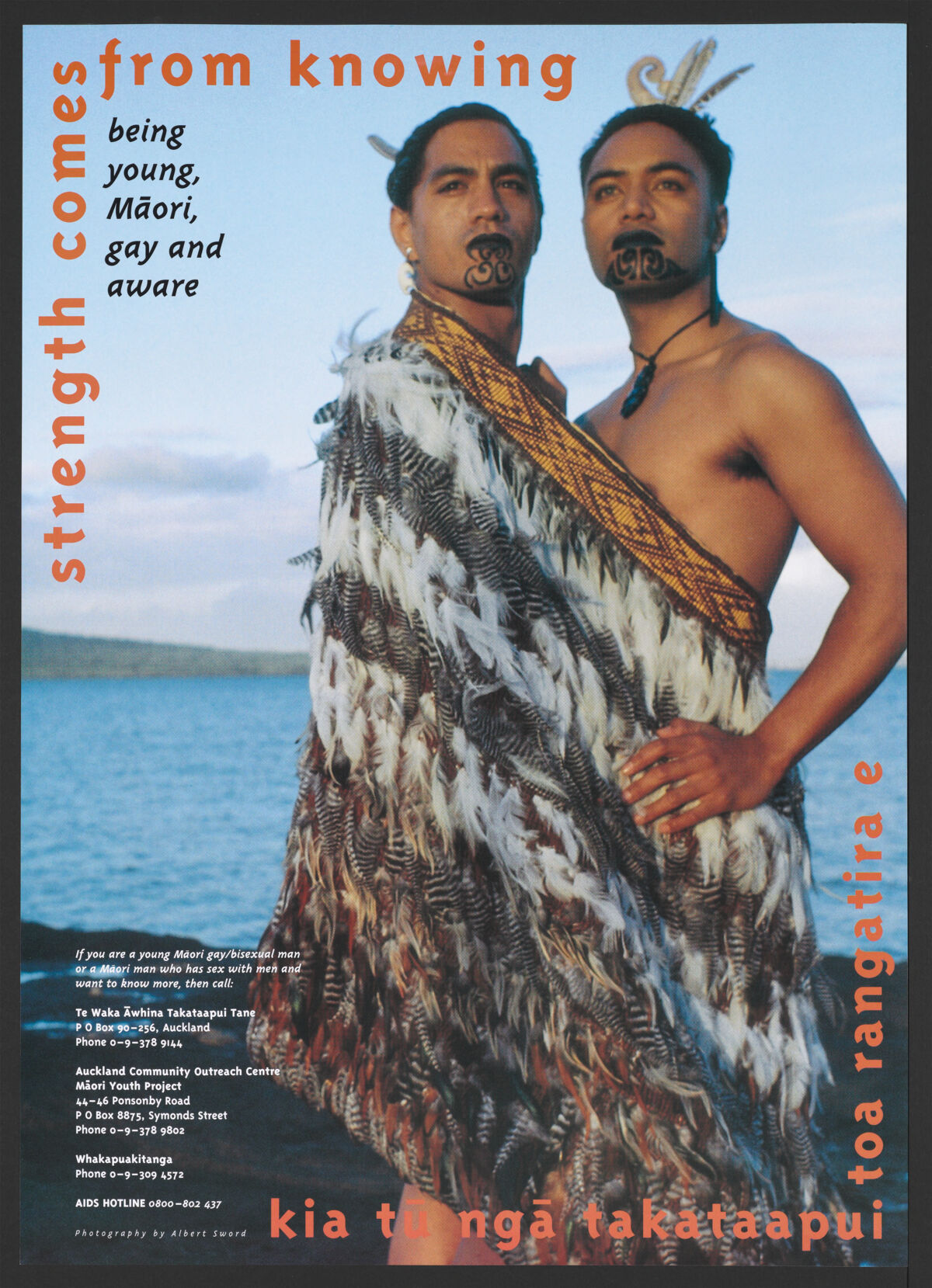 新西兰。
Harvard University, Collection Development Department. Widener Library. HCL, W547888_1
新西兰。
Harvard University, Collection Development Department. Widener Library. HCL, W547888_1
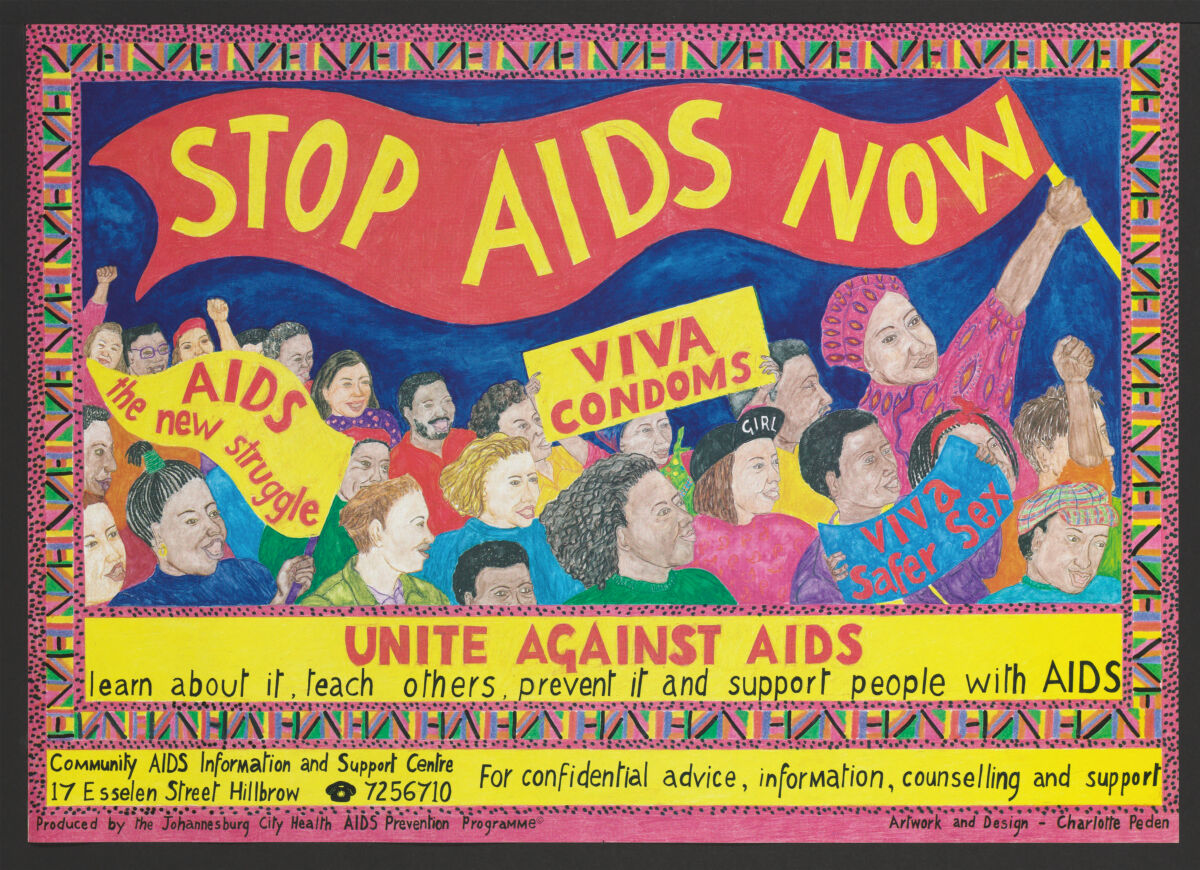 南非。
Harvard University, Collection Development Department. Widener Library. HCL, W548280_1
南非。
Harvard University, Collection Development Department. Widener Library. HCL, W548280_1
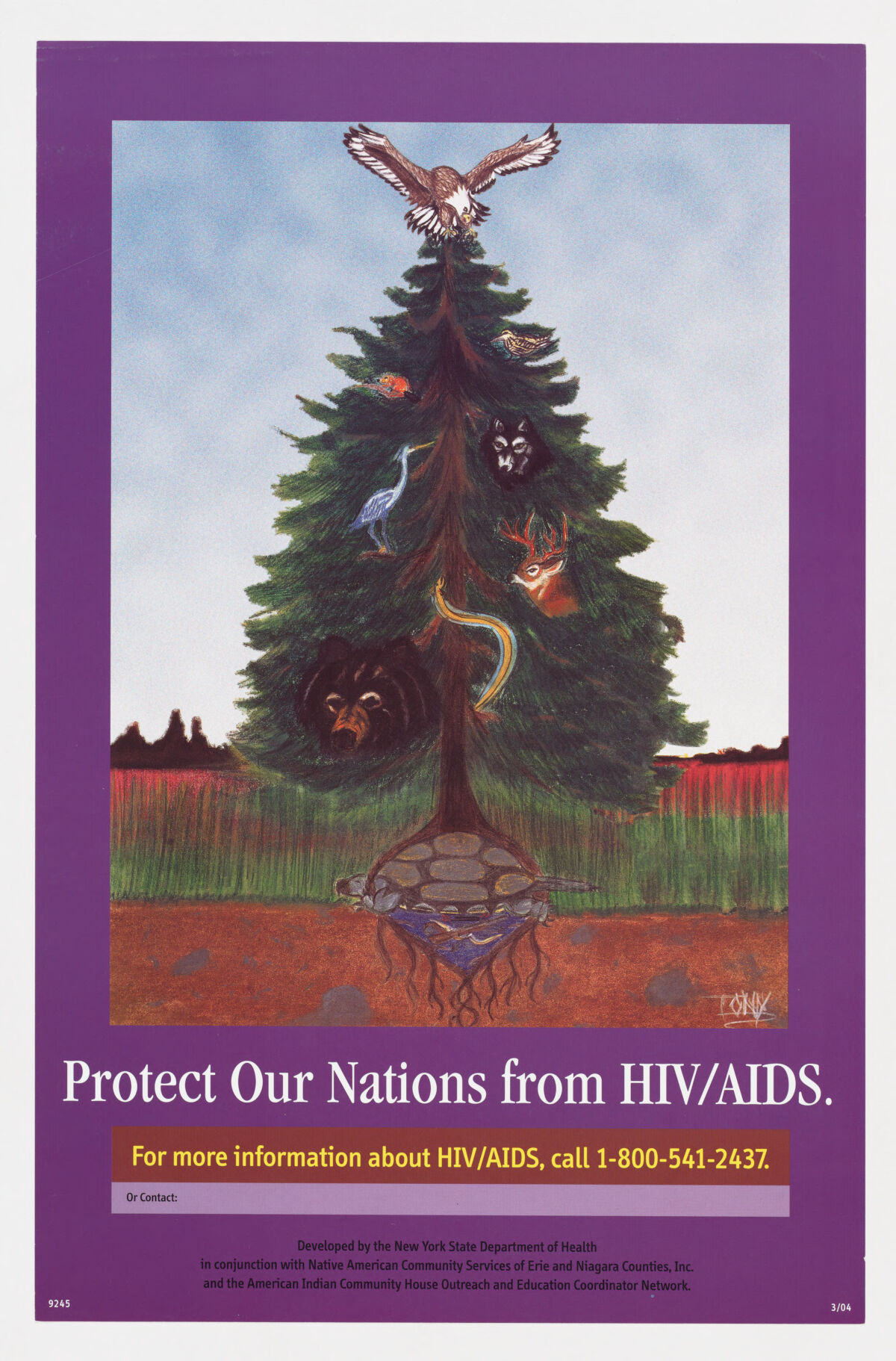 美国。
Harvard University, Collection Development Department. Widener Library. HCL, W463631_1
美国。
Harvard University, Collection Development Department. Widener Library. HCL, W463631_1
时代变迁
Yarnell 说,随着时间的推移,研究人员发现,积极、肯定的信息比基于羞耻、污名或劝诫的信息更能改变行为。
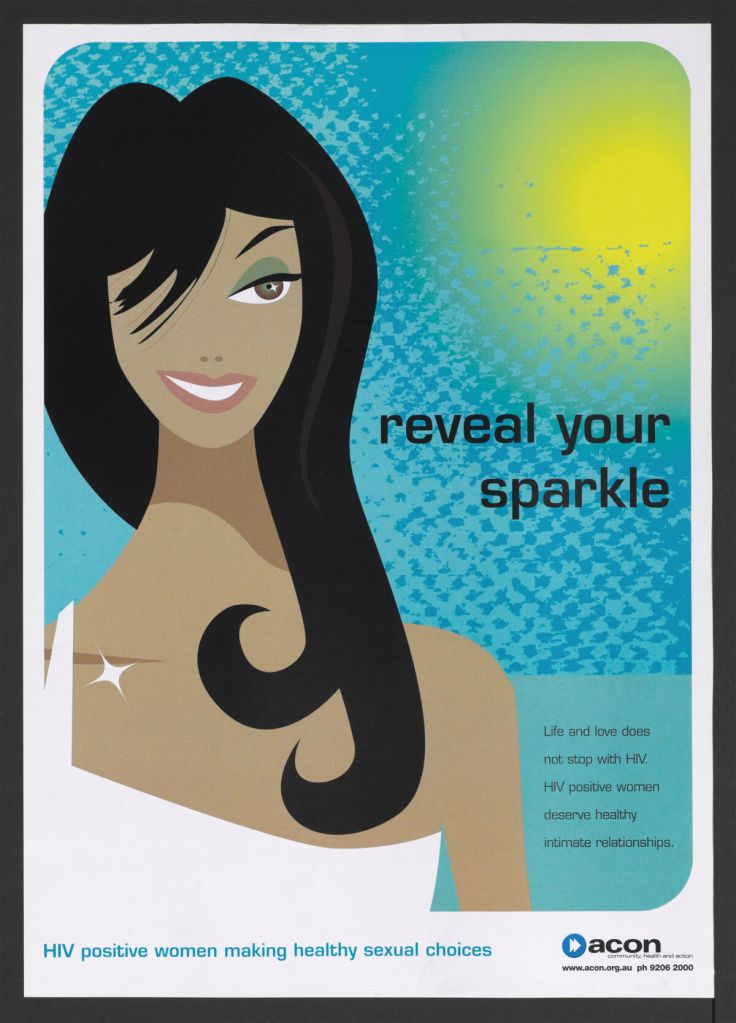 澳大利亚。
Harvard University, Collection Development Department. Widener Library. HCL, W547913_1
澳大利亚。
Harvard University, Collection Development Department. Widener Library. HCL, W547913_1
Harvard Medical School 全球健康和社会医学讲师 Neal Baer 说,回顾合集 中的海报是一项回忆过去和为未来做准备的活动。
“在当时,安全套是我们预防 HIV 的唯一手段。现在,情况已经大不相同。我们有了 PrEP [暴露前预防];我们有可以使人活着的抗病毒药物……从它们提供的信息来看,这些海报已经过时了。”
据估计,自 20 世纪 80 年代该病毒首次出现以来,全球约有 4200 万 人死于 HIV/AIDS。Baer 说,通过现代预防和治疗,有可能结束传播并预防死亡。
Baer 说:“在美国,我们在预防 HIV 传播方面做得不够好,尤其是在我们完全有能力通过 'U=U' 来预防它的情况下。”他指的是始于 2016 年的“检测不到 = 不可传播”的信息传递策略,旨在改变围绕 HIV/AIDS 的对话。“不应该再有人感染 HIV 了。
“这个海报合集再次肯定了我们不能忘记……这些海报就像所有死去的人的墓碑,我不希望他们白白死去。”